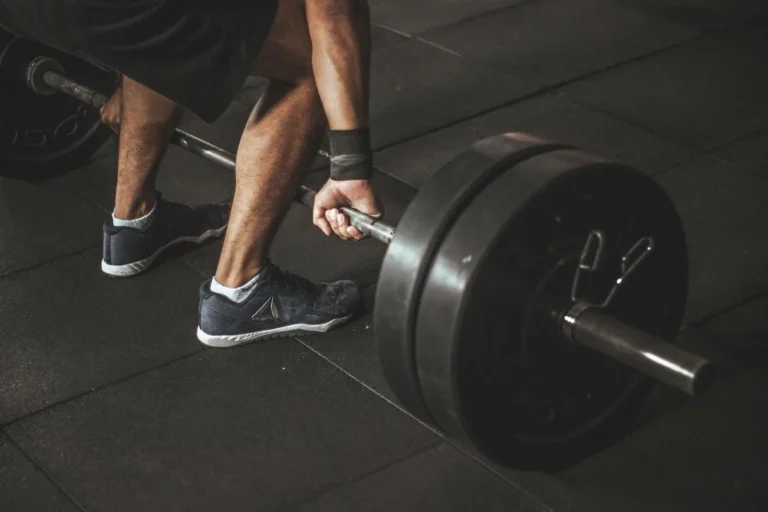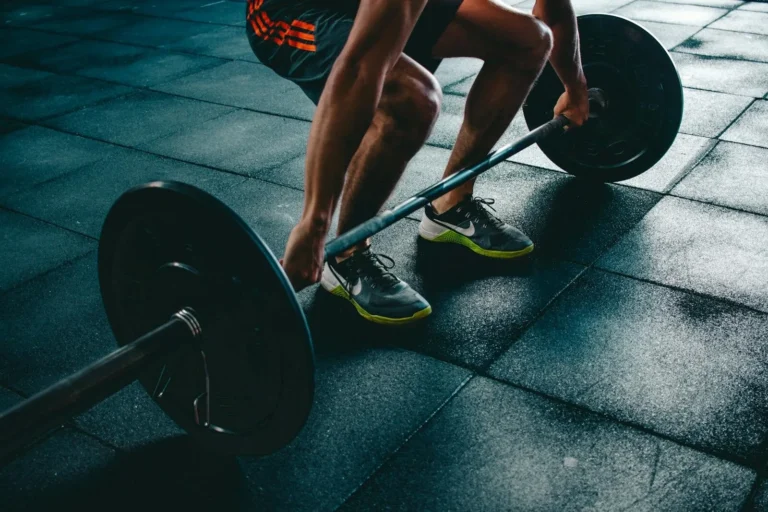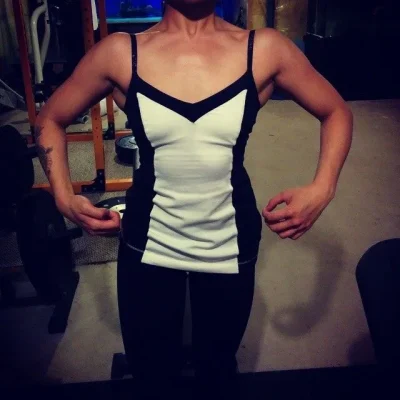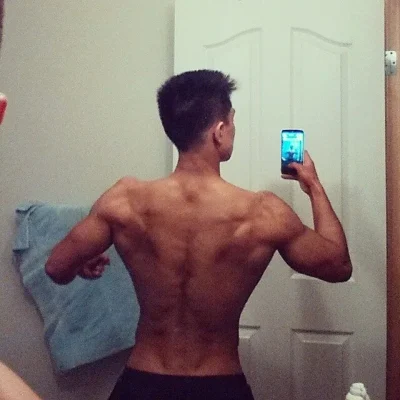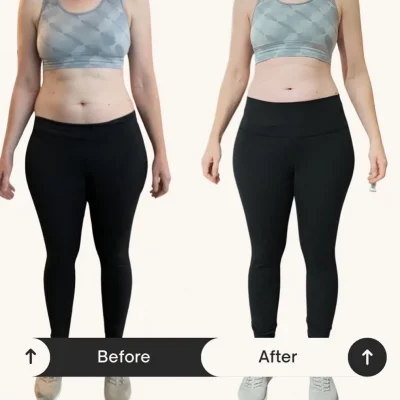Over the years, you’ve likely heard countless claims about the effectiveness of sit-ups for burning belly fat. However, it’s vital to understand the truth behind this popular core exercise and its actual impact on your body. While sit-ups can strengthen your abdominal muscles, they won’t significantly reduce belly fat on their own. In this post, we will examine into the science of fat loss, the role of core exercises, and how to effectively approach your fitness journey for visible results.
Key Takeaways:
- While sit-ups can strengthen abdominal muscles, they do not specifically target belly fat reduction.
- Fat loss occurs through a combination of calorie deficit, cardiovascular exercise, and strength training rather than isolated exercises like sit-ups.
- A comprehensive fitness plan that includes a balanced diet and various types of exercise is more effective for overall fat loss and muscle definition.
The Science of Fat Loss: What Really Works?
Understanding fat loss goes beyond just exercise; it’s a multifaceted process governed by various physiological factors. While high-intensity workouts can boost metabolic rates and improve overall fitness, the foundational principle of fat loss is a negative energy balance, achieved through a combination of dietary choices and physical activity. Research suggests that sustainable weight loss incorporates a regimen that blends cardiovascular exercises, strength training, and balanced nutrition—ensuring your body effectively utilizes stored fat for energy.
The Role of Caloric Deficit in Weight Management
Create a caloric deficit to shed pounds; it’s as simple as that. Your body requires a certain number of calories for maintenance, and consuming less than your daily needs prompts it to utilize stored fat for energy. A steady deficit, typically about 500 calories less than you burn, can lead to effective weight loss—around 1 pound per week. Prioritize nutrient-dense foods and control portion sizes to achieve and maintain that balance.
Understanding Spot Reduction: Myth vs. Reality
Spot reduction—the idea that you can target fat loss in specific areas through exercise—is widely considered a myth. Despite the belief that doing countless sit-ups or crunches can eliminate belly fat, research shows that fat loss occurs throughout the body based on genetics and overall body composition. No amount of localized exercise will lead to significant changes in one area without addressing overall body fat percentage.
This misconception arises from the desire for quick fixes in weight loss, especially in areas like the abdomen, arms, or thighs. Studies demonstrate that while strengthening exercises can enhance muscle tone in specific regions, they do not directly burn fat from those areas. Instead, comprehensive approaches that combine aerobic workouts, strength training, and dietary modifications should be adopted to effectively reduce body fat and improve your overall physique. Embrace a holistic strategy, focusing on overall fat loss rather than specific areas, to achieve lasting results in your fitness journey.
Sit-Ups Uncovered: Do They Hold Any Weight?
Sit-ups have earned a revered status in the fitness world, often touted as the go-to exercise for achieving a toned midsection. However, the question remains: do they actually contribute to burning belly fat? While they can strengthen your core and improve overall core stability, the effectiveness of sit-ups in fat loss is often overstated. Spot reduction, or losing fat from specific areas through targeted exercise, is largely a myth, meaning sit-ups alone won’t tackle that stubborn belly fat you’ve been trying to shed.
Muscles Engaged: What Sit-Ups Actually Target
When you perform sit-ups, you primarily engage your rectus abdominis, the muscle responsible for the well-known “six-pack” appearance. Additionally, sit-ups activate secondary muscles, including your hip flexors, obliques, and transverse abdominis. While these muscles benefit from the exercise, core strength doesn’t automatically translate into fat loss around the waist. Instead, it sets the foundation for improved posture and enhanced athletic performance.
The Limitations of Sit-Ups in Fat Reduction
Despite their popularity, sit-ups fall short when it comes to fat reduction. Engaging in sit-ups alone lacks the comprehensive approach needed for effective fat loss. To tone and slim your midsection, you need a combination of cardiovascular exercise, like running or cycling, and a balanced diet. Sit-ups alone can burn only about 3-5 calories per minute, whereas high-intensity workouts can significantly increase your caloric expenditure. A well-rounded fitness routine is key, along with a caloric deficit, for achieving noticeable fat loss.
Cardio vs. Strength: The Best Strategies for a Lean Midsection
A comprehensive approach combining both cardio and strength training can significantly enhance your quest for a lean midsection. While cardio focuses on burning calories during your workouts, strength training builds muscle, which in turn boosts your metabolism. You benefit most when you incorporate a blend of the two, as each plays a unique role in achieving and maintaining a flatter belly.
Effective Cardio Choices for Burning Belly Fat
High-Intensity Interval Training (HIIT) stands out as one of the most effective forms of cardio for burning belly fat. By alternating bursts of intense exercise with short rest periods, you can maximize your calorie burn even after your workout. Activities like cycling, running, or even jump rope can elevate your heart rate and improve your overall fitness while targeting those stubborn love handles.
The Power of Full-Body Strength Training
Full-body strength training is an invaluable component of any fitness routine aimed at reducing belly fat. Unlike traditional spot training methods, these workouts engage multiple muscle groups simultaneously, leading to greater calorie expenditure and muscle development. This muscle growth is crucial, as it increases your resting metabolic rate, meaning you burn more calories even at rest.
Incorporating exercises such as squats, deadlifts, and bench presses into your routine not only tones your arms, legs, and back but also enhances core stability, which is vital for achieving a tighter midsection. Aim for at least two to three full-body strength training sessions per week; combining this with your cardio workouts will help transform your body and effectively shed excess fat. By prioritizing compound movements, you bolster functional strength while actively promoting fat loss in the abdominal region.
Nutrition’s Impact on Belly Fat: More Than Just Exercise
Exercise alone won’t get rid of stubborn belly fat; your diet plays a significant role in your overall results. Foods you consume can either accelerate fat loss or hinder your progress. Calories in versus calories out isn’t the full story—focusing on the quality of your meals is important. Opting for nutrient-dense foods can lead to a healthier body composition, making it easier for you to shed that unwanted belly fat.
The Importance of a Balanced Diet
A balanced diet includes a variety of food groups that provide important nutrients your body needs to function optimally. Lean proteins, whole grains, fruits, and vegetables contribute to a feeling of fullness, preventing overeating and unhealthy snacking. This dietary approach not only supports muscle growth but also reduces visceral fat, the harmful type known to surround organs and increase health risks. Prioritizing balance in your meals turns the focus toward sustainable fat loss.
Key Foods That Aid in Reducing Belly Fat
Certain foods can significantly assist you in reducing belly fat. Incorporating fiber-rich foods like beans, lentils, and whole grains keeps you satisfied longer and helps regulate digestion. Additionally, healthy fats found in avocados, nuts, and olive oil can enhance fat-burning capabilities. Don’t overlook lean proteins, as they not only build muscle but also increase metabolic rate. Lastly, low-glycemic fruits, such as berries, provide antioxidants and keep your insulin levels stable.
Focusing on specific food groups can make a tangible difference in your belly fat reduction journey. For example, the soluble fiber in oats absorbs water and forms a gel-like substance in your gut, slowing down digestion and keeping you feeling fuller. Lean proteins such as chicken or tofu require more energy to digest, creating a slight calorie deficit. Furthermore, incorporating healthy fats from sources like nuts can help reduce cravings and promote satiety, steering you away from high-calorie processed snacks. By strategically selecting these foods, you can enhance your body’s natural ability to shed fat while still enjoying satisfying meals.
Realistic Expectations: What to Anticipate on Your Fitness Journey
As you launch on your fitness journey, managing your expectations is imperative for maintaining motivation and satisfaction. You might envision a quick transformation, but attaining lasting results requires patience and a multifaceted approach. Recognizing that the path to a stronger core and reduced belly fat is gradual will help you appreciate small victories along the way, such as improved endurance or increased strength.
Timeframes for Visible Results
Visible results typically don’t appear overnight. While some individuals may start noticing changes within a few weeks of combining exercise with dietary adjustments, a realistic timeframe for significant changes often ranges between six to eight weeks. Factors such as your starting point, consistency, and commitment level significantly influence how quickly you see results.
The Role of Consistency and Lifestyle Changes
Consistency is key to achieving long-term success in burning belly fat and improving your overall fitness. Incorporating regular workouts and balanced eating habits into your daily routine will yield greater results than sporadic efforts. Lifestyle adjustments, such as prioritizing quality sleep and managing stress, also play a pivotal role, as they directly impact your metabolism and emotional health.
Creating consistency doesn’t mean rigidly adhering to a demanding routine; rather, it’s about implementing sustainable habits that fit your lifestyle. Engaging in a mix of cardiovascular exercises, strength training, and a nutritious, balanced diet can enhance your results when maintained over time. For instance, by committing to a workout schedule of at least three to five times per week and making conscious food choices—like opting for whole foods over processed snacks—you set yourself up for success. Integrating these habits allows your body to adapt gradually and effectively, making the process more enjoyable and sustainable while curbing frustration and disappointment.
Conclusion
Considering all points, sit-ups alone do not effectively burn belly fat. While they strengthen your core muscles, reducing belly fat requires a combination of a balanced diet, cardiovascular exercise, and overall strength training. To achieve your fitness goals, focus on a holistic approach that includes various exercises and healthy eating habits. This way, you can see better results in your quest for belly fat reduction and overall fitness.
FAQ
Q: Do sit-ups alone effectively burn belly fat?
A: Sit-ups can strengthen and tone the abdominal muscles, but they are not the most effective exercise for burning belly fat specifically. To lose fat, including in the belly area, a comprehensive approach is necessary that includes cardiovascular exercise, strength training, and a balanced diet. While sit-ups can be part of an exercise routine, they should not be relied upon as the sole method for fat loss.
Q: What is the best way to reduce belly fat if sit-ups aren’t enough?
A: To effectively reduce belly fat, a combination of aerobic exercises (like running, swimming, or cycling), strength training, and proper nutrition is recommended. Incorporating activities such as high-intensity interval training (HIIT) can also be beneficial. Additionally, focusing on a diet rich in whole foods, lean proteins, healthy fats, and plenty of fruits and vegetables can aid in weight loss and fat reduction.
Q: How often should I do sit-ups for them to be effective in my fitness routine?
A: While sit-ups can be included in your fitness routine, doing them every day might not be the best strategy. It is often suggested to perform sit-ups 2-3 times a week as part of a broader core strengthening program. This allows your muscles to recover and grow stronger. It’s important to vary your core workouts by including different exercises, such as planks and leg raises, to target the abdominal muscles from various angles.

